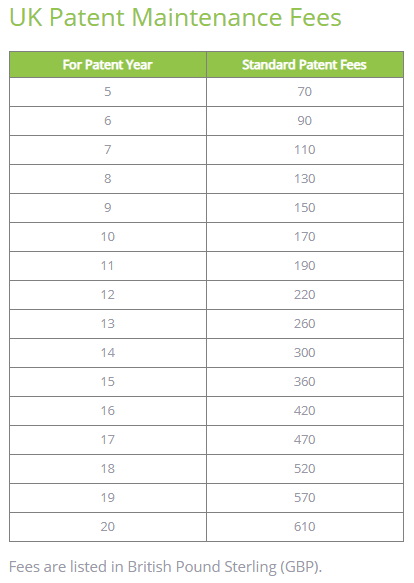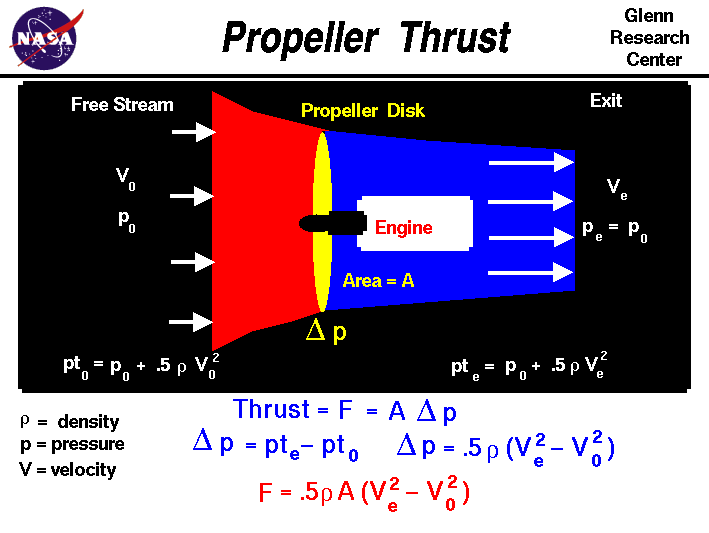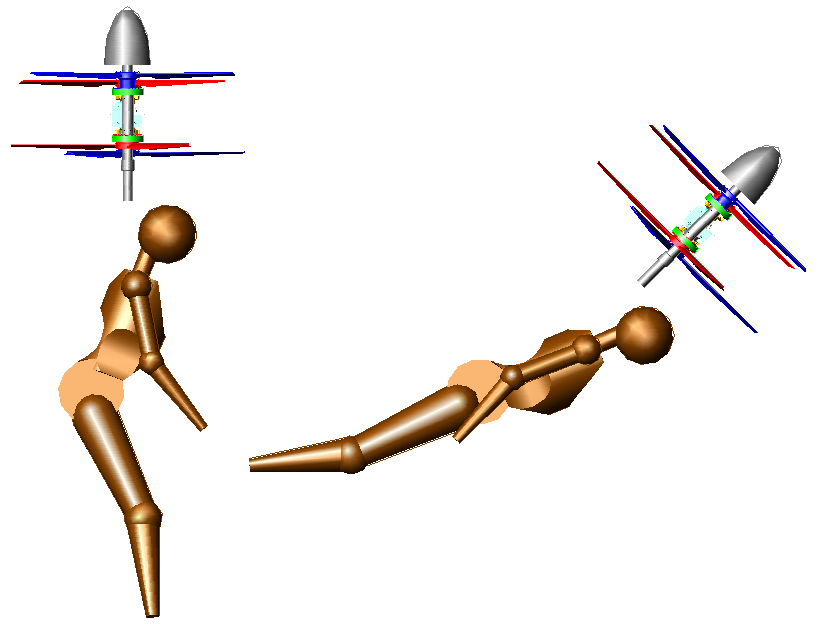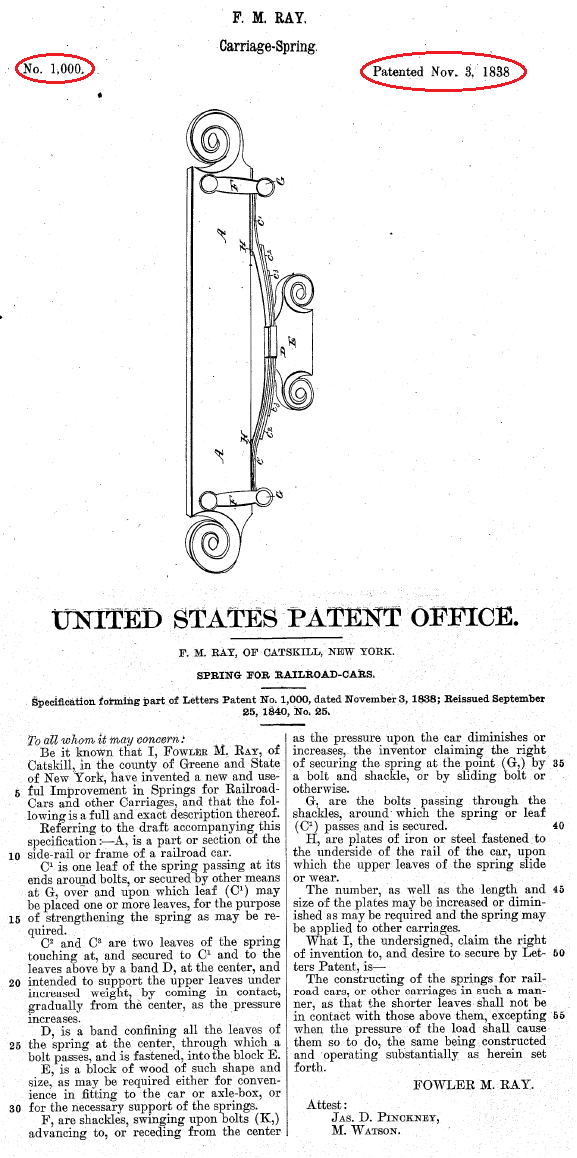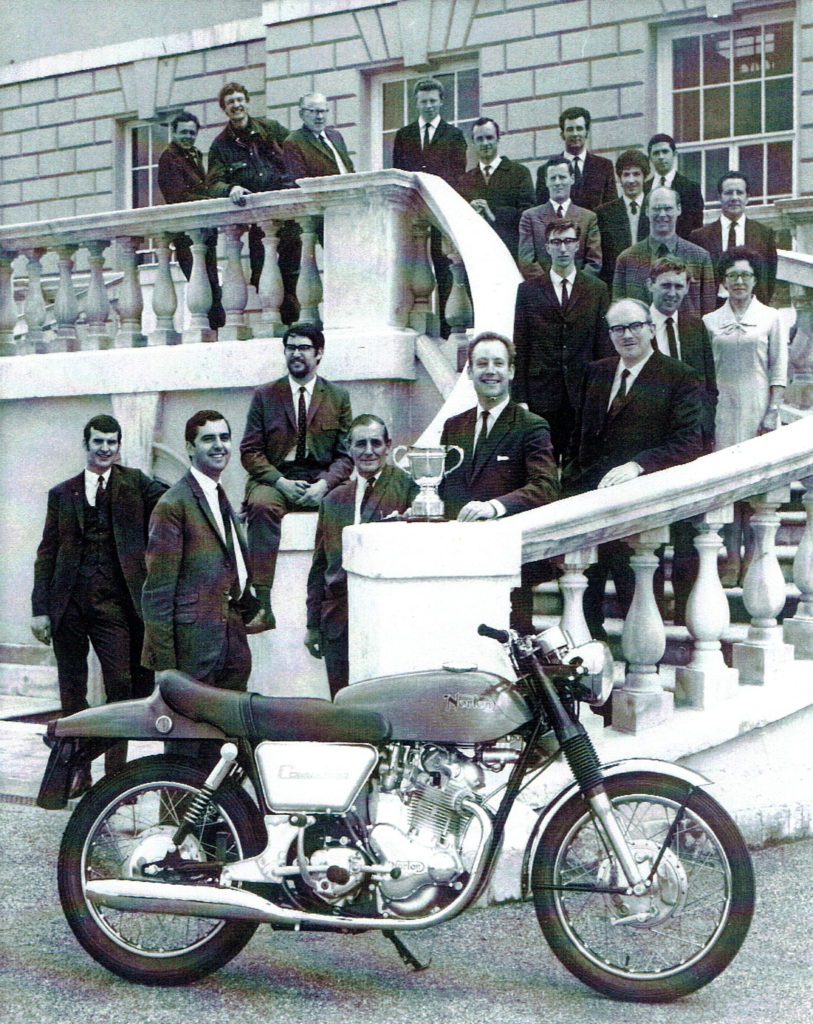PATENTING
Each one of the “Ten highly unconventional 2-stoke engine designs” of my last-but-one post is patented.
Patenting an idea is, today, the only way to protect your intellectual property.
Patenting an idea / invention is not easy.
When a Patent Examiner (typically an engineer specialized in a narrow technological area, say in the fuel injection) performs a Search for a Patent Application, the Examiner tries to find documents to “kill” the claims of the patent application. It is his job, his duty.
The Set of Claims is the core of a patent application and defines what the applicant considers as his own “intellectual property”.
If the claims are too "wide", it is too easy for the examiner to "kill" them.
If the claims are too "narrow", the patent – if and when granted – will be worthless because it cannot really exclude others from making, using or selling the invention.
It is difficult for the applicant to decide for the claims, i.e. for the protection he will ask.
Too wide protection? Problem.
Too narrow protection? Problem again.
Having the Search Report,
- Parenthesis:
The final Search Report needs more than 18 months to complete;
Why?
A patent application in another patent office is not “open” / accessible / available to the Patent Examiner until it is published, and this happens no latter than 18 months after the initial filling of the application.
That is, there is an 18-months time-window during which the applicant and the examiner cannot be really sure what the “Prior Art” is.
the applicant can judge whether his invention is really new and really his.
Without a Search Report, anybody can claim the ownership of any idea.
Only with the final Search Report the applicant can be sure the idea is his own (and this, provided the Patent Office did properly their work, which is not always the case).
Yes, there are millions useless patents and patent applications, say like those for “perpetual motion devices” (some patent offices refuse to examine such patent applications),
however,
there are thousands of good / useful patents.
The fight between Apple and Samsung some years ago, was based on their patents.
The drug companies make billions based on their patents.
Patenting is a useful tool of the modern world.
The money you pay is in order an authorized, experienced and highly specialized “third party” to examine your invention and decide if it is new or old.
Albert Einstein started his carrier as a patent examiner.
The same US patent-office examiner who searches today a Toyota’s patent for a new VVA (Variable Valve Actuation system), the same examiner may search tomorrow the patent application for a VVA of a foreign independent inventor (poor or reach, does not matter).
And the rules used for the Search and Examination are exactly the same, in both cases.
The patenting system has many problems. It should (and it can) be way better.
However the patenting system is what we have today in order to see if an idea / solution / invention is ours or not, and in order to protect our Intellectual Property excluding others from "making, using or selling" it.
*****************
For instance,
here is the cover page of a US patent of Rotax, filed 20 years ago (i.e. it is already expired, i.e. anybody can make, use or sell it):
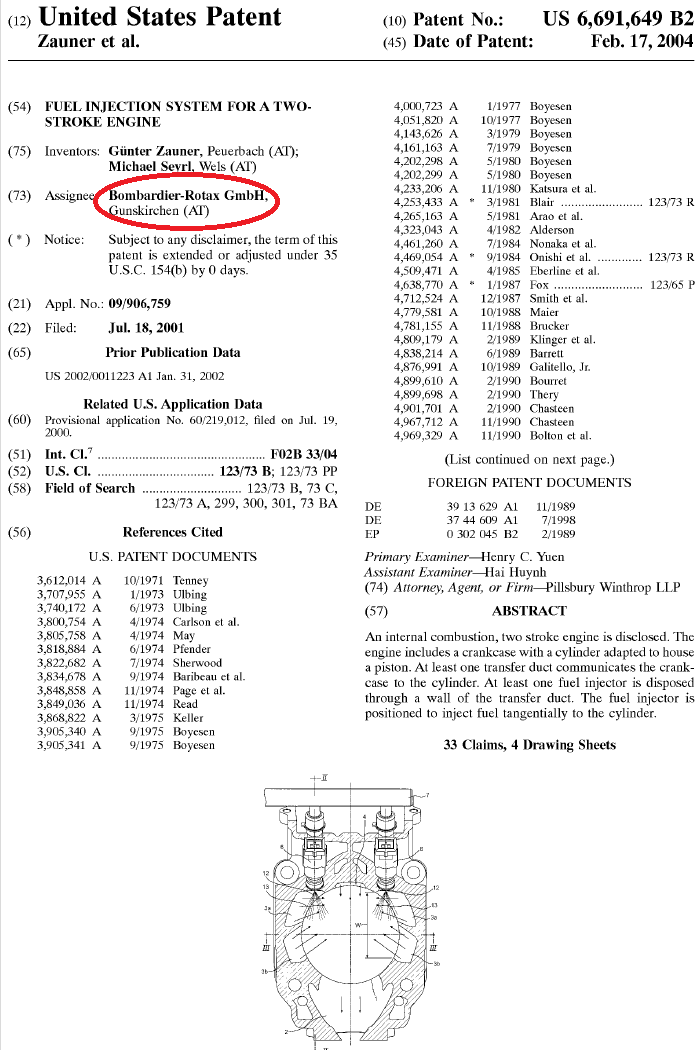
and here https://www.pattakon.com/tempman/Rotax_ ... Patent.pdf is the complete patent document.
The documents related with Rotax's invention were so many, than the “Reference Cited” continues in another page.
The patent application was filed in 2001, the patent was granted to Bombardier / Rotax in 2004.
Only after the examination of their patent application and the issue of the patent
- which means, an official / authorized third party, the US-PTO, searched and examined the invention and decided that ir complies with all rules and can take a patent
only then Rotax could claim the specific TPi was their own “Intellectual Property” and nobody else could “make, use or sell” it.
***************
At top right of the web-page dedicated to each one of the “Ten highly unconventional 2-stoke engine designs” of my last-but-one post, you see the patent(s) granted for the specific invention.
Thanks
Manolis Pattakos

